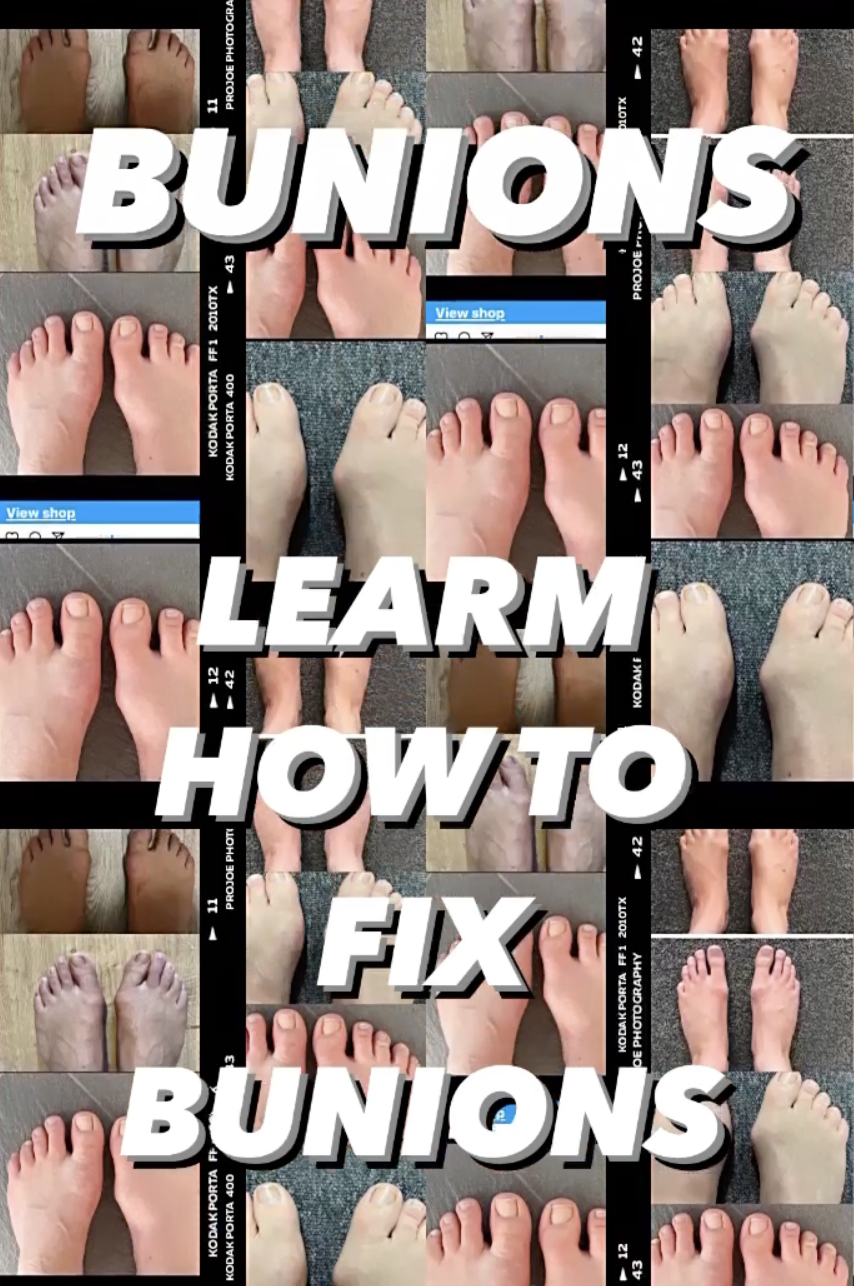
Carpal Tunnel Syndrome: Causes, Symptoms, and Treatment Options
Carpal Tunnel Syndrome (CTS) occurs when the median nerve—which runs through the wrist’s narrow carpal tunnel—becomes compressed, often due to repetitive hand movements or prolonged wrist positioning. This nerve compression leads to common symptoms like numbness, tingling, and weakness in the hand and fingers, potentially affecting daily activities such as typing, gripping, or lifting objects. Early intervention is key, with non-invasive options like wrist splints and anti-inflammatory medications helping to relieve symptoms. In more severe cases, carpal tunnel release surgery may be necessary to reduce pressure on the median nerve and restore hand function.

What is Carpal Tunnel Syndrome?
Carpal Tunnel Syndrome is a condition that arises from pressure on the median nerve as it passes through the carpal tunnel at the base of the hand. Factors such as fluid retention, repetitive wrist motions, or inflammation of soft tissues within the tunnel can cause this pressure. CTS typically results in pain, numbness, and weakness in the hand, particularly in the thumb, index, and middle fingers.
Treatment often begins with conservative methods like wrist splints, which keep the wrist in a neutral position to alleviate pressure. In cases where symptoms persist, carpal tunnel release surgery is an option. This procedure involves cutting the carpal ligament to relieve pressure on the nerve, with most patients experiencing relief within a few weeks.
Causes of Carpal Tunnel Syndrome
Carpal Tunnel Syndrome can be triggered by several factors, including:
• Repetitive Hand Movements: Activities such as typing, steering, or manual labor that involve repeated wrist motions can increase the risk of developing CTS.
• Anatomy: Individuals with a smaller carpal tunnel may be more prone to nerve compression.
• Medical Conditions: Health issues like diabetes, rheumatoid arthritis, and hypothyroidism can contribute to swelling and nerve compression.
• Injuries: Wrist fractures or trauma can alter the shape of the carpal tunnel, increasing the likelihood of developing CTS.
• Fluid Retention: Conditions like pregnancy or menopause can lead to fluid retention, which increases pressure within the carpal tunnel.
Symptoms of Carpal Tunnel Syndrome
The main symptoms of Carpal Tunnel Syndrome stem from compression of the median nerve and typically include:
• Numbness and Tingling: Commonly felt in the thumb, index, middle fingers, and part of the ring finger.
• Hand Weakness: Reduced grip strength and difficulty with fine motor tasks can occur, leading to dropped objects or clumsiness.
• Nighttime Discomfort: Symptoms often worsen at night, as wrist positioning during sleep can exacerbate nerve compression.
• Reduced Sensation: As CTS progresses, patients may experience a loss of sensation in the affected fingers and weakening of the thumb muscles.
Diagnosing Carpal Tunnel Syndrome
Diagnosing CTS begins with a thorough clinical evaluation of your symptoms and medical history. Physical exams like Tinel’s sign or Phalen’s maneuver help detect nerve compression. To confirm the diagnosis, nerve conduction studies and electrodiagnostic tests are used to measure the electrical activity in the median nerve. In some cases, MRI scans may be ordered to rule out other conditions that could be causing similar symptoms.
How is Carpal Tunnel Syndrome Treated?
Treatment for Carpal Tunnel Syndrome ranges from conservative methods to surgical options, depending on the severity of the condition:
Non-Surgical Treatments:
• Wrist Splints: Wearing a wrist splint at night can help keep the wrist in a neutral position, reducing pressure on the median nerve.
• Corticosteroid Injections: These injections help reduce swelling and inflammation within the carpal tunnel, offering temporary relief from pain.
• NSAIDs: Nonsteroidal anti-inflammatory drugs may help with pain management, though they do not address the underlying cause.
• Activity Modifications: Adjusting repetitive hand movements or taking frequent breaks during activities that strain the wrist can help manage symptoms.
• Physical Therapy: Stretching and strengthening exercises tailored to the wrist can improve function and alleviate pain.
Surgical Treatments:
• Open Carpal Tunnel Release: In this traditional surgery, a larger incision is made in the palm to cut the transverse carpal ligament, relieving pressure on the nerve.
• Endoscopic Carpal Tunnel Release: A less invasive approach, where smaller incisions are made to insert an instrument with a camera, allowing the surgeon to cut the ligament with minimal disruption to surrounding tissues.
Preventing Carpal Tunnel Syndrome
To prevent or reduce the risk of developing Carpal Tunnel Syndrome, consider the following strategies:
• Take Regular Breaks: If you perform repetitive tasks, take frequent breaks to rest and stretch your hands and wrists.
• Ergonomic Adjustments: Use ergonomic tools like wrist pads or specially designed keyboards to minimize strain on your wrists.
• Physical Therapy: Incorporating exercises to strengthen and stretch your wrist muscles can help prevent nerve compression.
• Cold Therapy: Applying cold packs can reduce swelling and alleviate symptoms in the early stages of CTS.
Long-Term Effects of Carpal Tunnel Syndrome
If left untreated, Carpal Tunnel Syndrome can lead to chronic pain, muscle weakness, and even permanent nerve damage. This can affect daily activities, such as holding objects or typing, and lead to permanent sensory loss in the affected hand. Early diagnosis and treatment are essential to prevent these long-term effects and restore full function to the hand.

How Acupuncture Can Help Treat Carpal Tunnel Syndrome
Acupuncture is an effective complementary treatment for Carpal Tunnel Syndrome, especially in managing pain and reducing inflammation. By targeting specific acupuncture points in the wrist and forearm, acupuncture helps improve blood flow to the affected area and relieves pressure on the median nerve.
This traditional Chinese medicine technique can reduce the intensity of pain, numbness, and tingling associated with CTS, while also promoting relaxation and reducing stress—both of which contribute to overall healing. Regular acupuncture sessions can also help minimise the need for more invasive treatments like surgery, offering a natural and holistic approach to recovery.
At The Body Lab, our experienced practitioners tailor each acupuncture treatment to address your specific symptoms, ensuring the best possible outcome for those dealing with Carpal Tunnel Syndrome.
How Movement Therapy Helps Alleviate Carpal Tunnel Symptoms
Movement Therapy is another crucial component in the holistic treatment of Carpal Tunnel Syndrome. Focusing on improving mobility, posture, and hand mechanics, Movement Therapy helps address the root causes of CTS, such as repetitive strain and poor wrist positioning.
Through guided exercises and movement assessments, Movement Therapy can improve flexibility and strength in the wrist, forearm, and hand muscles. These exercises help alleviate pressure on the median nerve, reduce inflammation, and restore proper function to the wrist and hand. Additionally, Movement Therapy can teach you how to modify your daily activities to prevent further strain on the carpal tunnel.
At The Body Lab, our Movement Therapy programs are customised to each individual, ensuring that your therapy addresses your unique needs and helps you recover from Carpal Tunnel Syndrome in a sustainable way.


























